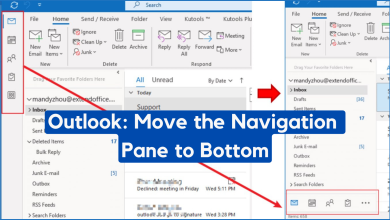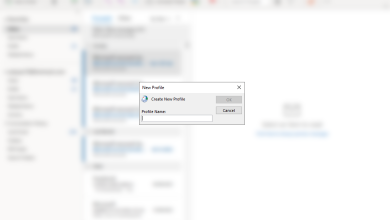Fix: Microsoft Outlook Error 0x80040115
The Microsoft Outlook error 0x80040115 usually occurs due to an oversized .PST (Personal Storage Table) file or improper installation of the Outlook application. Users have reported that whenever they try to send an email using Microsoft Outlook, they are presented with the error ‘We can’t complete this because we can’t contact the server right now’ message.

Outlook, being one of the most famous webmail service providers, has its share when it comes down to errors. This issue stops users from sending out emails and the emails being sent are just stored in the Sent box. You can isolate the issue by following this article.
What causes the Microsoft Outlook Error 0x80040115 on Windows 10?
Well, the issue is not so unique, however, the factors that can potentially cause it are the following —
- Corrupt Outlook installation: One of the main reasons which can cause the error to pop up is a corrupt Outlook installation.
- Oversize PST file: The PST file is where your events, messages copies etc are stored. An oversized PST file can potentially cause the issue to pop up.
- Bad internet connection: In some cases, the error can simply be due to your poor internet corruption. If this is the case, you will just have to wait it out until your connection is restored.
- Third-party add-ins: If you are using third-party add-ins on your Microsoft Outlook, they might also cause the issue.
With that being said, you can fix your issue by applying the workarounds down below. As we always mention, please follow the solutions in the same order as provided.
Solution 1: Flush DNS
In some certain scenarios, the issue has something to do with your DNS configuration. In such an event, you will have to flush your DNS meaning clear your DNS cache. Make sure you are using an administrator account. Here’s how to do it:
- Press Windows Key + X and select Command Prompt (Admin) from the list to open an elevated command prompt.
- Once the command prompt loads up, type in the following command and press Enter:
ipconfig /flushdns

Flushing DNS - See if it fixes your issue.
Solution 2: Launch Outlook in Safe Mode
As we mentioned above, in some cases the issue can be due to the third-party add-ins installed. If you are using third-party add-ins, you can try launching Outlook in safe mode to see if that fixes the issue. Here’s how to do it:
- Press Windows Key + R to open Run.
- Type in the following and press Enter:
Outlook /safe

Launching Outlook in Safe Mode - Once Outlook opens up, try sending an email to see if the issue persists.
- If the issue has been resolved, you will have to remove the add-ins by going to File and then Options.
- On the left-hand side, click Add-ins and remove all the third-party add-ins.
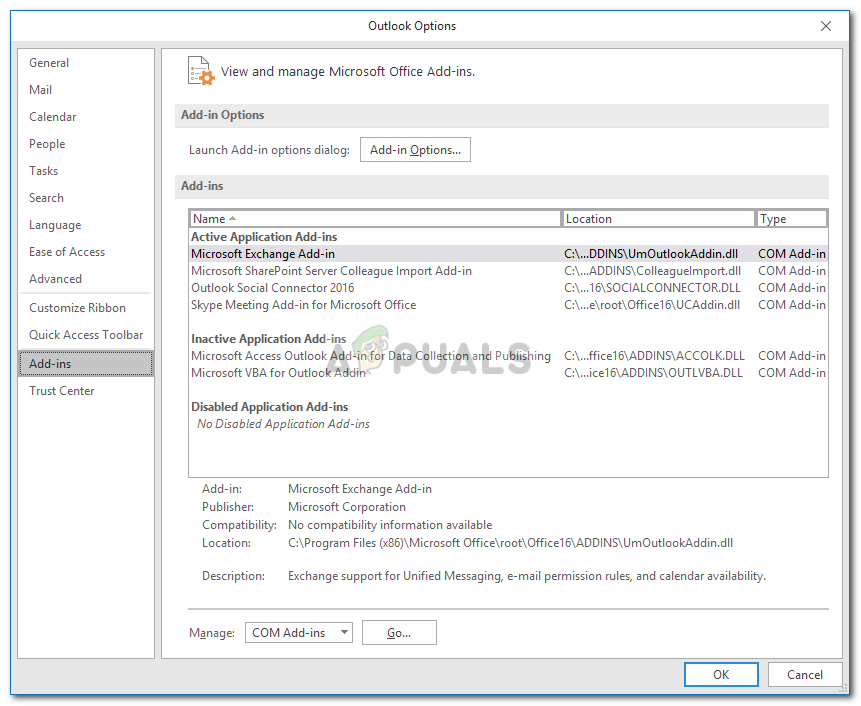
Solution 3: Change Profile Settings
Another way of fixing your issue would be to change your Profile settings a bit. If you are not using an Exchange account, this will most likely fix your issue. Here’s how to do it:
- Go to the Start Menu and open up the Control Panel.
- Set the by View by to Large icons and then open up Mail.
- Click on Show Profiles and then select your Profile and click Properties.
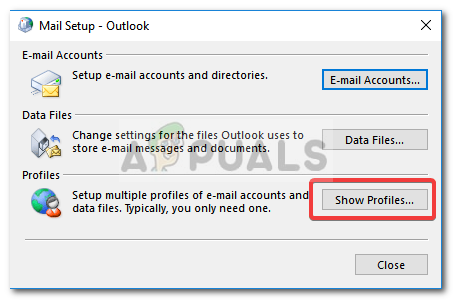
Mail Setup - Hit Email accounts, highlight your account and then click Change.
- Click More Settings on the bottom left of the Window.
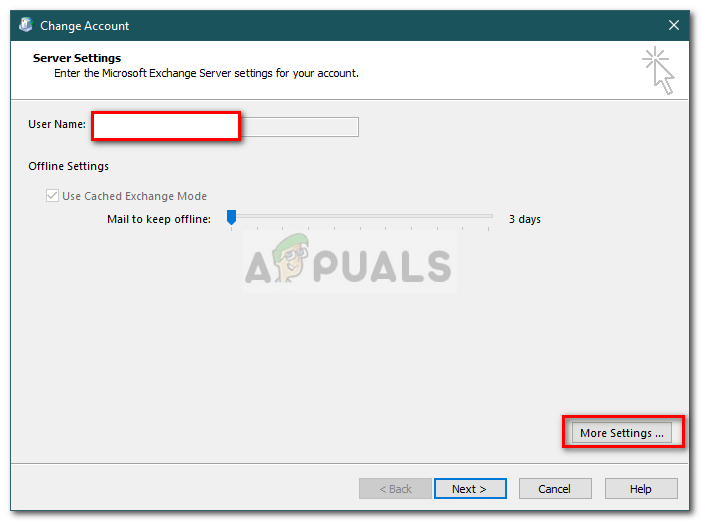
Changing Outlook Account Settings - Switch to the Security tab and make sure Encrypt data between Microsoft Office Outlook and Microsoft Exchange is checked.
- Click OK.
Solution 4: Repair Outlook Installation
Lastly, the error could be referring to a broken Microsoft Outlook installation. In such a case, you can easily fix your installation by repairing Microsoft Outlook. To do this, following the given instructions:
- Press Windows Key + X and select Apps and features at the top.
- From the list, locate Microsoft Outlook, select it and click Modify. If you are using Microsoft Office, just search for that and click Modify.
- First, try running a Quick Repair and see if it fixes the issue. If it doesn’t, choose Online Repair.
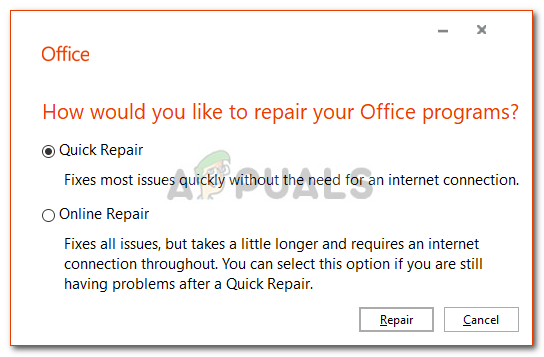
Repairing Microsoft Office Installation - See if that isolates the error.

